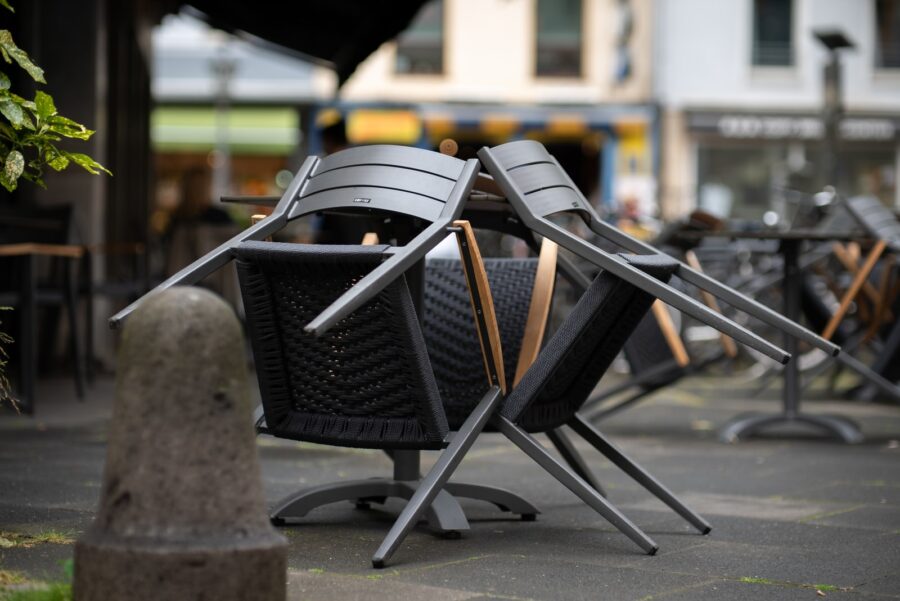Statistics from the National Restaurant Association show spending on eating out still is increasing, but middle-tier restaurants would be wise to alter their business models if they expect to survive amid raging inflation and predictions of a recession later this year, experts told The Food Institute.
Restaurant Business reported (June 27) the restaurant business is bifurcating and splitting into two, with QSRs that concentrate on production and fast delivery at affordable prices and pricier experiential dining, leaving little room for the middle tier.
Fast-food establishments have been busily rolling out apps and revamped drive-thrus to speed customers through. Restaurant Business cites the changes made by Chick-fil-A and Taco Bell as examples of these efficiencies while other chains are incorporating more robot technology, both for cooking and order-taking.
On the experiential side, you have eateries like Punch Bowl and Sweetgreen for a fresh take on salads and steak houses like STK presenting an enhanced dining experience.
Where does that leave restaurants like Denny’s and Olive Garden and independent operators?
Rob Crews, restaurant and diner behavior expert at Vericast, said middle-tier restaurants can be described as “fine-dining for the masses,” and warned tough economic times are likely to take their toll on them.
“Lower income customers stop celebrating birthdays, anniversaries, and other events/milestones at these establishments,” he said. “However, they still need to eat. As a result, you see their dollars going to grocery and QSR.
“Restaurants featuring experiential dining appeal to consumers for whom their dining-out dollars are a much lower percentage of their discretionary spending, so they tend to be impacted less,” he added.
The NRA reported last month restaurant expenditures in May rose to $85 billion, up 0.7% from April, the fourth consecutive monthly increase. From February through May, sales were up 12.5% while menu prices during the same period rose 2%. That followed sizable dips in December and January.
“Eating and drinking places are the primary component of the U.S. restaurant and foodservice industry, which prior to the coronavirus outbreak generated approximately 75 percent of total restaurant and foodservice sales,” the NRA said.
Americans spend an average $1,200 on fast food annually, Barbecue Lab estimated, averaging one to three meals a week. The USDA estimated Americans spend between $4,100 and $12,200 annually on food, depending on income level, in 2020.
“I think that after two years of missing milestone events like birthdays, weddings, graduations and more, people are wanting to make up for lost time with experiences,” said Liv Vasquez, chef, event planner and restauranteur currently working in experiential dining. “I think that also the threat of a pandemic gave people bucket list items that they want to do in their lifetime and enjoying a dining experience was on that list for a lot of people.”
The lingering threat of COVID, she said, makes people less likely to risk missing a week’s worth of work just to eat at Denny’s or Olive Garden. Couple that with such establishments’ decision to set up ghost kitchens for take-out orders contributing to an overworked staff, and you have a deteriorating experience for the customer.
“So, it’s a bit of a perfect storm of not getting the experience that they used to get in these places, not feeling like it’s worth the risk during COVID, and guests not wanting to deal with staff that is spread too thin,” Vasquez said.












